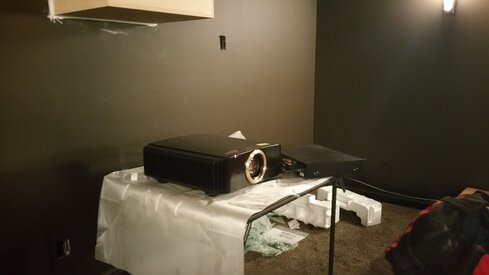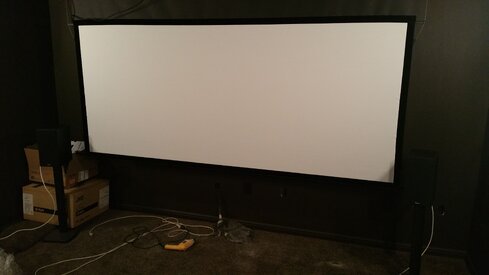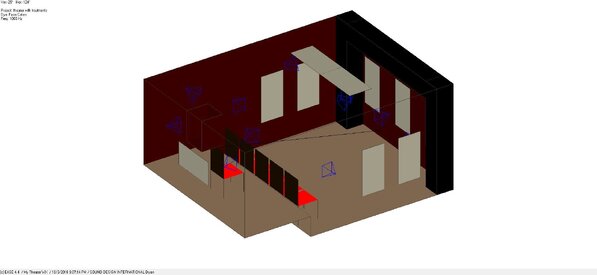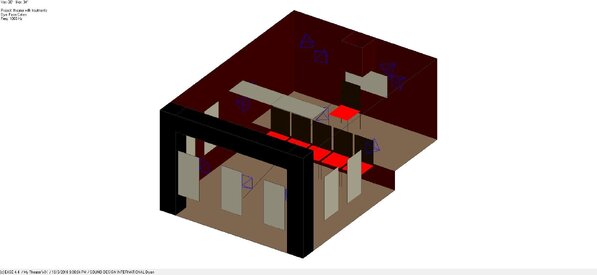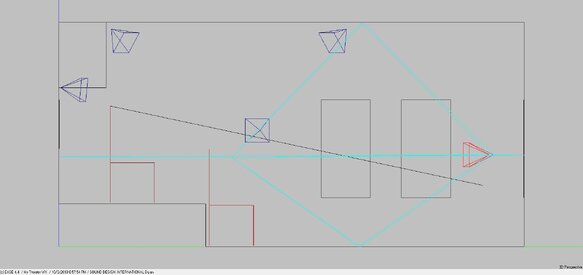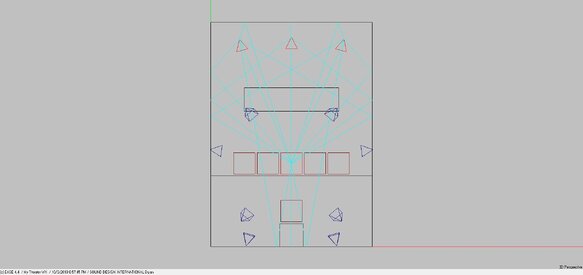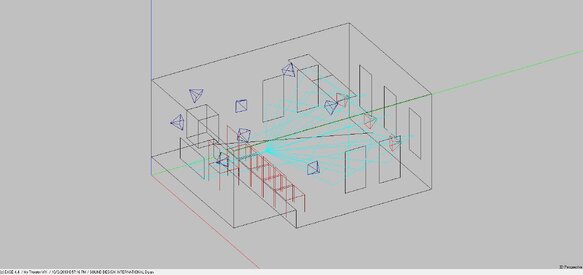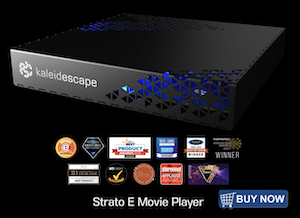Todd Anderson
Editor / Senior Partner
More
- Preamp, Processor or Receiver
- StormAudio ISP.24 MK2
- Main Amp
- Emotiva XPA-5
- Additional Amp
- Emotiva XPA Gen3 2.8 multichannel amp
- Other Amp
- Denon X8500H
- DAC
- THX ONYX
- Computer Audio
- AudioEngine A2+
- Universal / Blu-ray / CD Player
- Kaleidescape TERRA
OPPO UDP-203
Panasonic UB9000
- Streaming Equipment
- iFi Audio Zen Blue
- Streaming Subscriptions
- Spotify
- Front Speakers
- GoldenEar Technology Triton One.R
- Center Channel Speaker
- GoldenEar Technology SuperCenter Reference
- Surround Speakers
- GoldenEar Invisa MPX
- Surround Back Speakers
- GoldenEar Invisa MPX
- Front Height Speakers
- SVS Prime Elevation x4 (Top Front, Top Mid-Front)
- Rear Height Speakers
- SVS Prime Elevation x4 (Top Middle, Top Rear)
- Subwoofers
- Quad Array SVS SB16s
- Other Speakers
- Behringer 1124p; Aura Bass Shaker Pros; SuperSub X
- Screen
- Seymour Screen Excellence, Enlightor NEO AT Screen
- Video Display Device
- JVC NZ8
- Other Equipment
- Sony 65-inch A95L OLED
Sony 65-inch X900F
ZeroSurge 8R15W x 2
ZeroSurge 2R15W x 2
Yes... we actually just finished phase 1, which was to convert the garage into a half storage/gym space. We had the floor finished with an hard epoxy and then finished the garage off new beams/decking in the rafters (for storage), insulation, and dry wall. We also installed jack-shaft garage door openers to save space.
Essentially, the garage doors open to reveal storage bays and access to the new attic storage area. And an insulated dividing wall (that we can easily remove) has created the back-end of the garage into a gym. The gym room has its own heating/cool unit installed in the ceiling. We're still waiting on shutters... and I have to install some gym flooring and move equipment. That should happen in the coming days/week.
Phase 2 is laying new foundation/structure for a new basement room and our kitchen expansion.
Phase 3 is a kitchen renovation... and we're basically gutting the basement (opening it up to make it more usable for our kids and their friends). The home theater is having some work done on it... will probably be out of commission for several months :-(. I think it will all be worth it tho!
Essentially, the garage doors open to reveal storage bays and access to the new attic storage area. And an insulated dividing wall (that we can easily remove) has created the back-end of the garage into a gym. The gym room has its own heating/cool unit installed in the ceiling. We're still waiting on shutters... and I have to install some gym flooring and move equipment. That should happen in the coming days/week.
Phase 2 is laying new foundation/structure for a new basement room and our kitchen expansion.
Phase 3 is a kitchen renovation... and we're basically gutting the basement (opening it up to make it more usable for our kids and their friends). The home theater is having some work done on it... will probably be out of commission for several months :-(. I think it will all be worth it tho!







